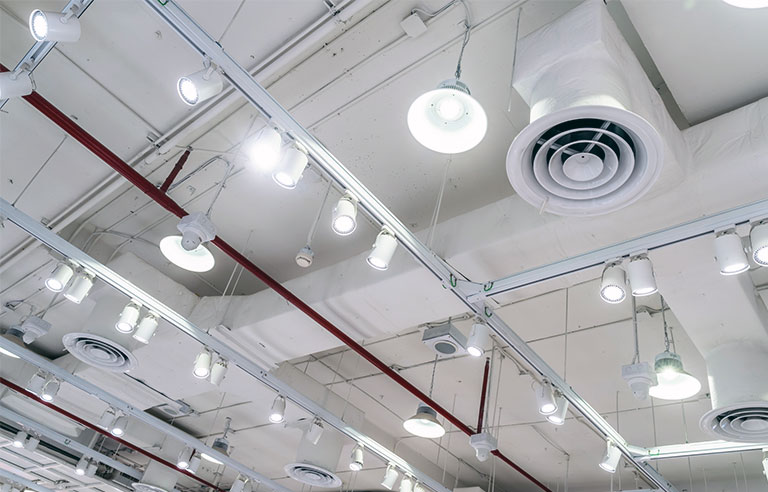
It’s been a while since we posted our first blog on VENTILATION AND AC SYSTEMS AND THEIR EFFECT ON THE TRANSMISSION OF VIRUS PARTICLES back in June 2020. Since then, experts and the public alike have learnt so much more about the coronavirus and its transmission in open and closed spaces. With this new knowledge, the HSE has updated and expanded its advice to help employers provide adequate ventilation in their workplaces during the pandemic.
Whilst your building should have the legal requirements for ventilation, there may be some areas that now pose a higher risk due to aerosol transmission. To prioritise high risk areas, first assess parts of your workplace that are usually occupied and are poorly ventilated.
The HSE guidelines suggests these simple ways of assessing your workplace ventilation;
Once the poorly ventilated areas have identified you must then consider which type of is ventilation needed. When deciding, you must consider factors including;
Although the law pre-pandemic required employers to make sure there’s an adequate supply of fresh air (ventilation) in enclosed areas of the workplace. The HSE is urging employers to to look further into how they can maximise the fresh air in shared work spaces. Let’s take a look at how you can identify and implement these ventilation methods.
This relies on passive air flow through windows, doors and air vents that can be fully or partially opened. You can optimise this method of ventilation by;
This form of ventilation relies on using fans and ducts to bring in fresh air from outside or a combination of natural and mechanical ventilation. Here’s how you can Improve mechanical ventilation and AC systems in your workplace;
Granted that adequate ventalation is key to reducing the risk of aerosol transmission in a work place, there are other best practices you can implement to further efforts such as making sure infected workers (or any visitors with coronavirus symptoms) do not come into the workplace, limiting the number of people in an area and encouraging workers to spend less time in occupied areas.
If you need help to understand what you should do with ventilation and AC systems in this pandemic, please feel free to call Karsons Consulting today 020 3282 7605 or info@karsonsconsulting.com
The information in this blog has been sourced from the official HSE Ventilation and air conditioning during the coronavirus (COVID-19) pandemic guide. Visit https://www.hse.gov.uk/coronavirus/equipment-and-machinery/air-conditioning-and-ventilation/index.htm to read more.
Karsons Consulting are members of the Chartered Institute of Building Services Engineers, The Association of Consultancy and Engineering, British Institute of Facilities Managers and the Building Services Research and Information Association.